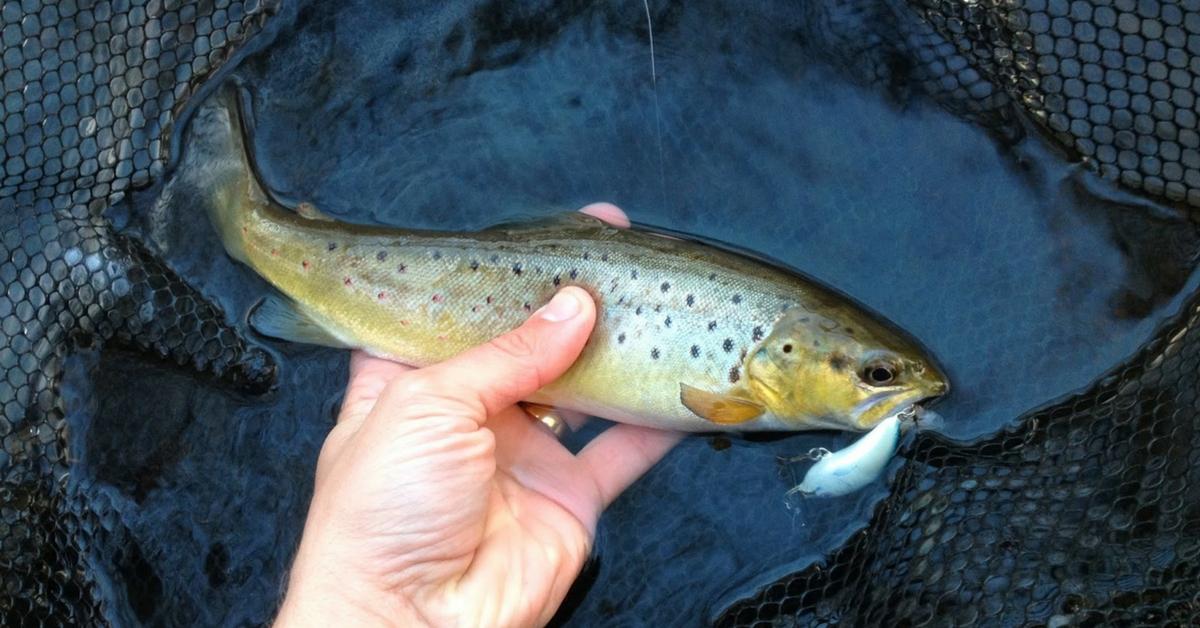Micro Cranking For Trout: Using Little Cranks For Big Bites
Trout are among the smallest lipped of any commonly chased species, so tossing crankbaits to catch them may seem like a wild concept. But, fear not. Micro cranking to catch trout is one of the best ways to trigger reaction strikes, and often times can be one of the best ways to catch native trout, where you will be most likely to get a quality fish.
Micro Cranking Crankbaits For Trout
When we talk about crankbaits for trout, it is not the same traditional form of crankbaits you would throw at a bass. While bass fishing with crankbaits, you are imitating common forage of baitfish such as shad, bluegill, or perch. Lipped baits you would throw while trout fishing can imitate anything from minnows and baitfish to creatures such as crickets, grasshoppers, or beetles. These are the types of bugs that fall from branches and bushes into cold water creeks and streams, where trout are lingering for an easy meal.
Why Micro Cranking?
So, why not just use live bait or a soft plastic? Well, often times these creatures will hit the water and immediately begin to flee for land, since they are not prone to swimming or even breathing in water. So when you can imitate these types of creatures on the move, it signals a red alert for trout to strike, knowing the bug is vulnerable.A large perk of micro cranking for trout is the type of fish crankbaits attract. Typically, smaller fish are munching on smaller forage. Larger fish, which can be worth the wait, are chasing down bigger bait to fill their bellies. They also tend to be bullies, in the sense they pick on other fish swimming by while they look vulnerable, which is the instinct crankbaits can set off.
Micro Cranking In Current
Fishing a crankbait through current ups the wobbling ability of the hard body, and this increased wobble will set off a trout’s predatory instinct to strike. One trick which works often is to pause on the retrieve, then immediately kick it into high gear with a few quick winds on the reel. Often times trout will chase your bait, but not bite. This pause and go gives them a knee-jerk reaction to strike, and gives you a chance to reel in your new personal best!
Updated September 28th, 2020 at 9:35 AM CT


